The main goal of this project is to facilitate the contribution of community efforts to climate change mitigation. The project will work to build evidence of the contribution smallholder farmers can make to climate change mitigation through the adoption of climate-smart practices that reduce greenhouse gas emissions. The choice of fostering production of indigenous pumpkin is based on its ability to reduce erosion, fixing of atmospheric nitrogen, reduction of nitrogen leaching and improvement of soil health. In Uganda, a pumpkin is a traditional cover crop valuable for its leaves, seeds and the fruit. Its seeds are sun-dried or fried, packaged and sold, a kilogram going for $5.7.A side being food, it has medicinal properties; oil extraction and its dried crisps are processed to make porridge flour. The potential pumpkin harvest from an acre will be between 2,000 to 2,500 yet minimal labour is required. After harvesting, it can be stored for a period of 2 to 3 months without getting spoilt, and the more it stays for this period, the more it gets delicious. Pumpkins are a good choice for urban farmers since not much space is required. Pumpkin leaves double as feeds for livestock and marine life particularly pigs and fish. This will be scaled up in other communities to provide evidence of the contribution pumpkin farmers can make to mitigate the effects of climate change.
Long Description
In Uganda, a pumpkin is a traditional cover crop valuable for its leaves, seeds and the fruit. Its seeds are sun-dried or fried, packaged and sold, a kilogram going for $5.7.A side being food, it has medicinal properties; oil extraction and its dried crisps are processed to make porridge flour.
The potential pumpkin harvest from an acre will be between 2,000 to 2,500 yet minimal labour is required. After harvesting, it can be stored for a period of 2 to 3 months without getting spoilt, and the more it stays for this period, the more it gets delicious. Pumpkins are a good choice for urban farmers since not much space is required.
Pumpkin leaves double as feeds for livestock and marine life particularly pigs and fish. This will be scaled up in other communities to provide evidence of the contribution pumpkin farmers can make to mitigate the effects of climate change.

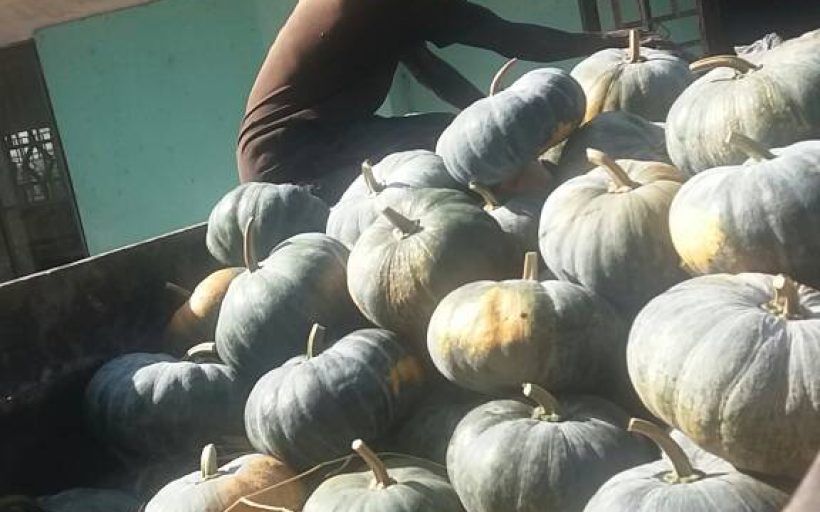
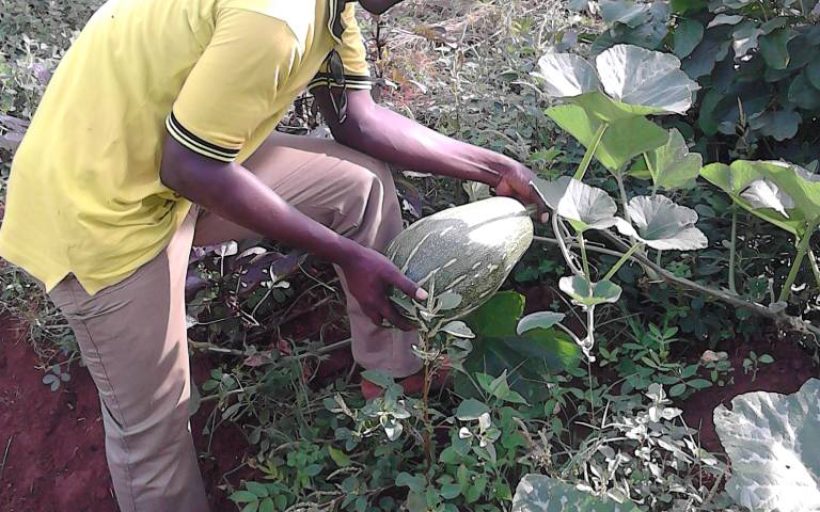
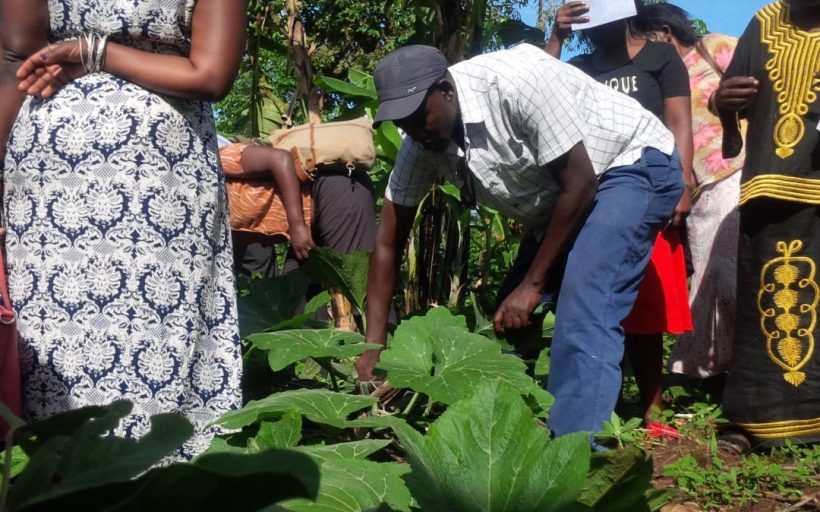
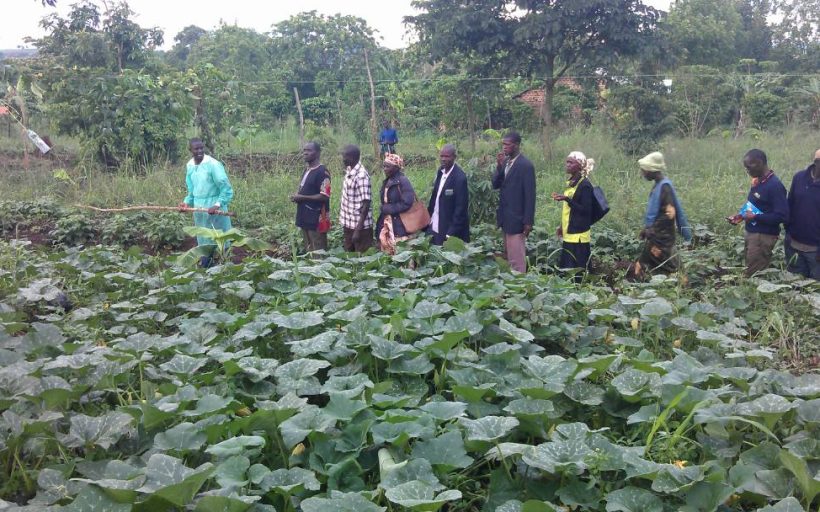
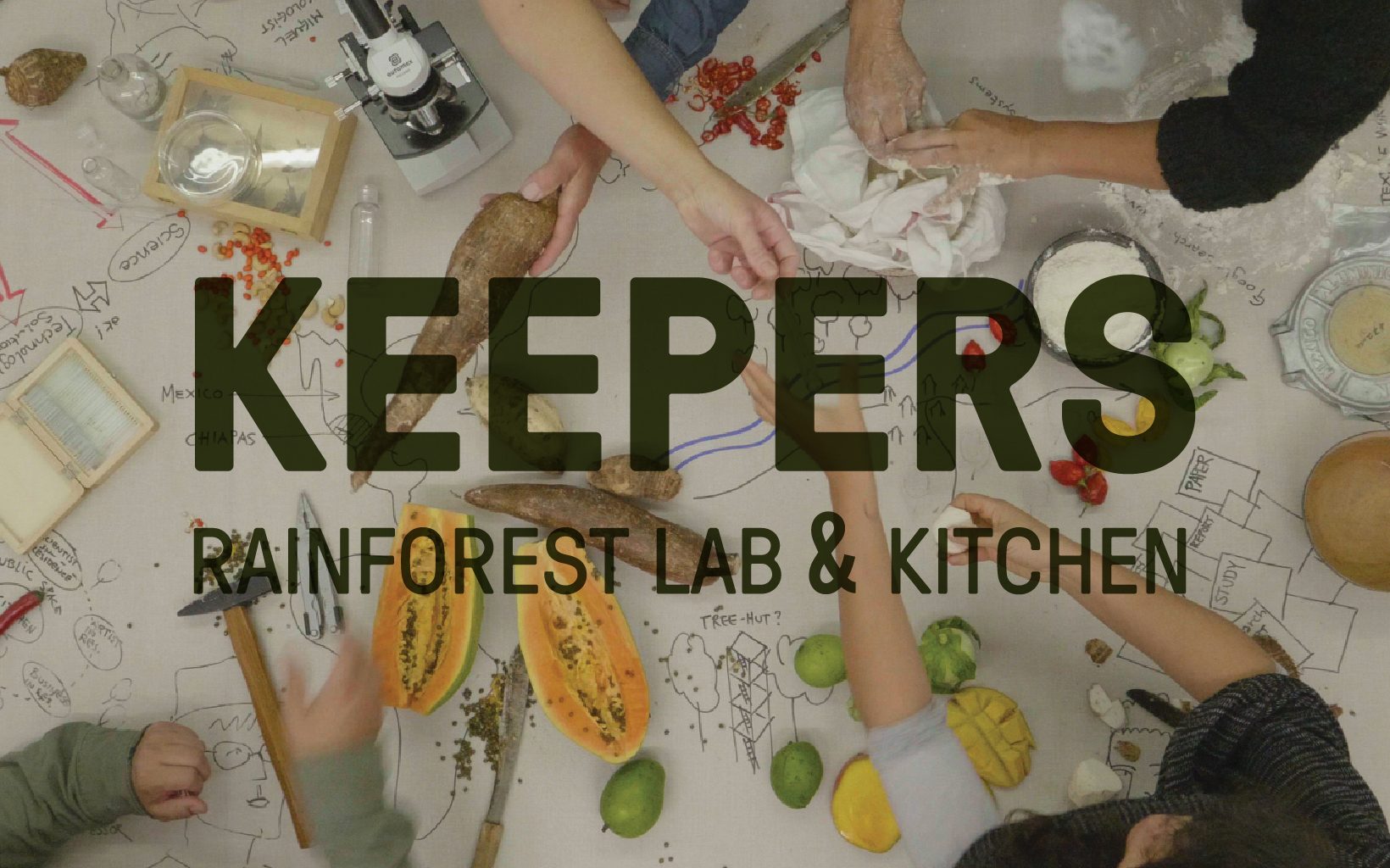

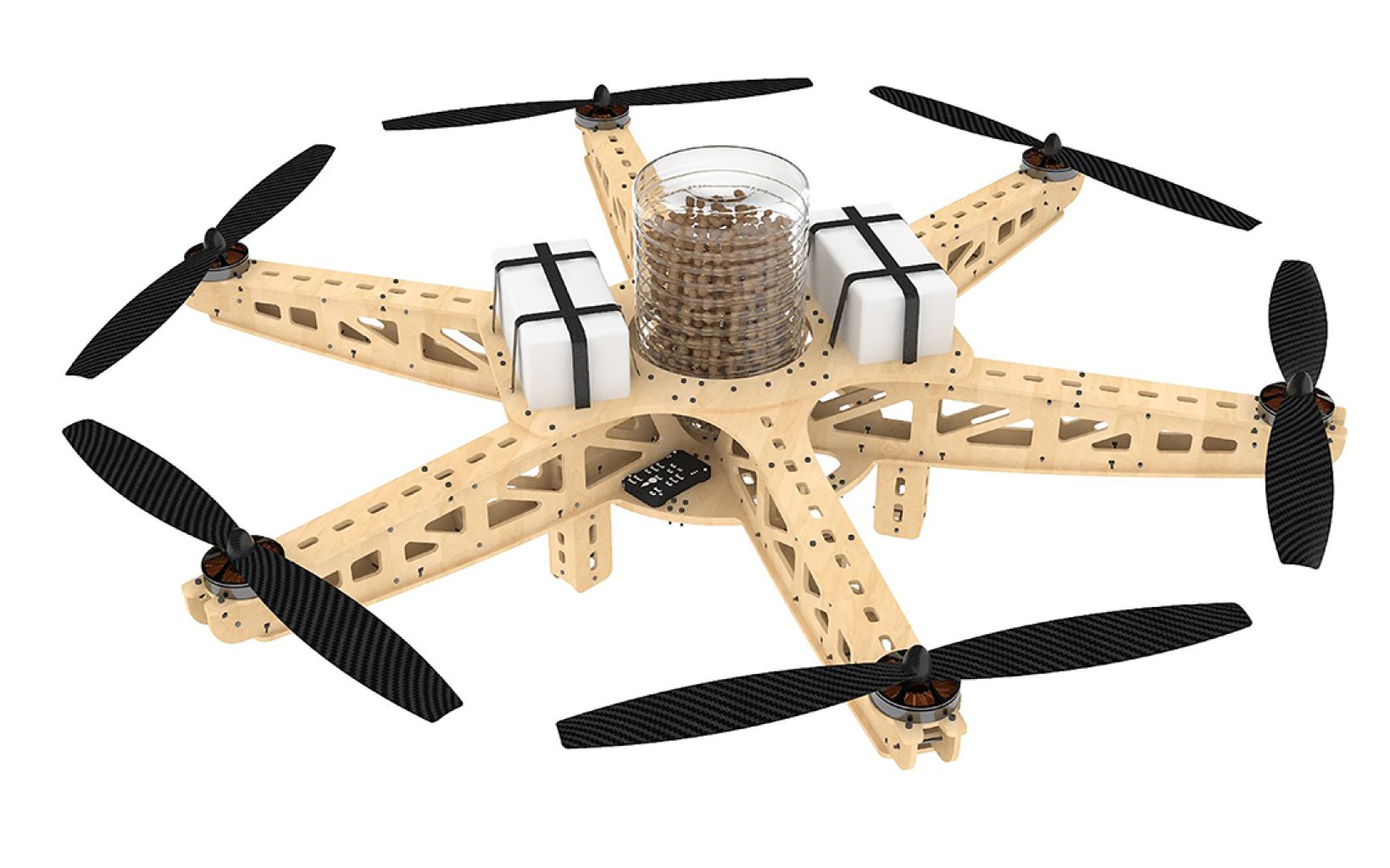
Share on social media.
Facebook
Twitter
LinkedIn
Mail